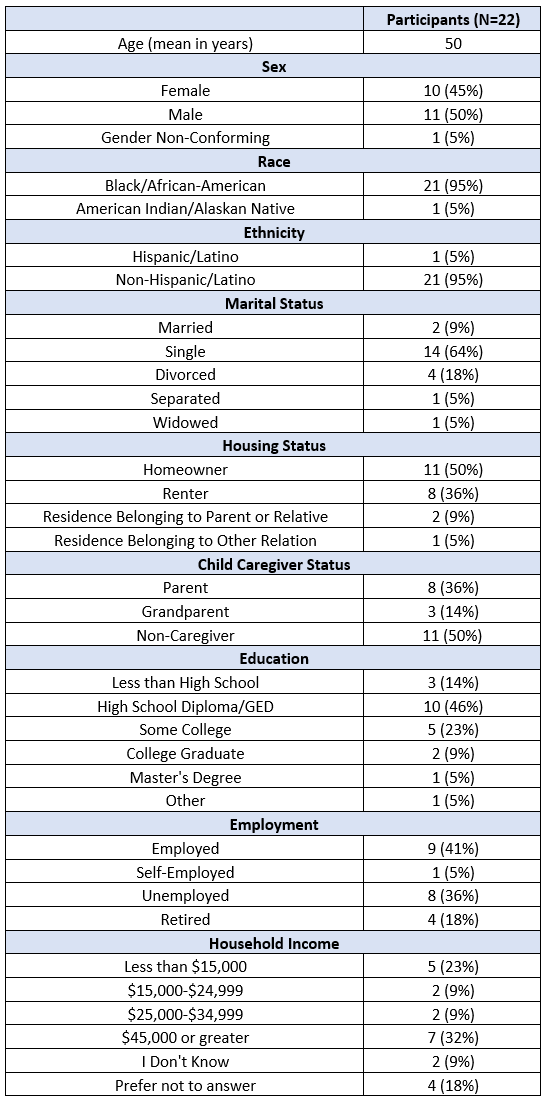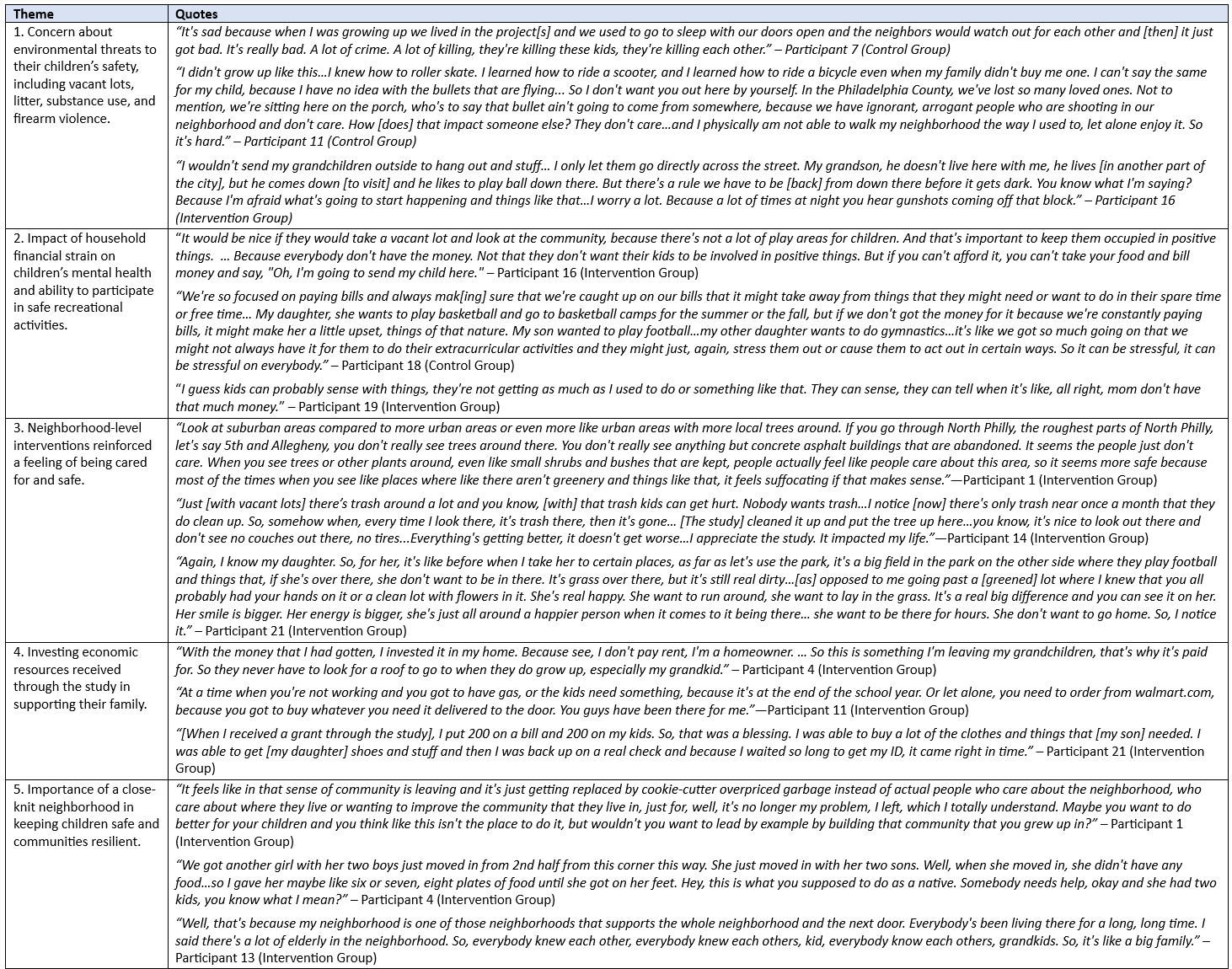Health Equity/Social Determinants of Health 4
Session: Health Equity/Social Determinants of Health 4
696 - Environmental and Economic Interventions to Promote Child Health Equity: A Qualitative Study
Sunday, April 27, 2025
8:30am - 10:45am HST
Publication Number: 696.4670
Keven I. Cabrera, Childrens Hospital of Philadelphia, Philadelphia, PA, United States; Hilena Addis, Perelman School of Medicine at the University of Pennsylvania, Philadelphia, PA, United States; Evan Spencer, Perelman School of Medicine at the University of Pennsylvania, Philadelphia, PA, United States; Helena Jeudin, Perelman School of Medicine at the University of Pennsylvania, Philadelphia, PA, United States; Rikley C. Costa Paixao, University of Pennsylvania, Philadelphia, PA, United States; Craig A. Terry, University of Pennsylvania, PHILADELPHIA, PA, United States; Ashley R. Tryba, Penn Urban Health Lab, Philadelphia, PA, United States; Meghan B. Lane-Fall, University of Pennsylvania, Philadelphia, PA, United States; Atheendar Venkataramani, Perelman School of Medicine at the University of Pennsylvania, Philadelphia, PA, United States; Eugenia South, Perelman School of Medicine at the University of Pennsylvania, Philadelphi, PA, United States; Aditi Vasan, Children's Hospital of Philadelphia, Philadephia, PA, United States

Keven I. Cabrera, MD (he/him/his)
Pediatric Emergency Medicine Fellow
Childrens Hospital of Philadelphia
Philadelphia, Pennsylvania, United States
Presenting Author(s)
Background: Black children in the United States are at increased risk of adverse physical and mental health outcomes due to in part to structural racism, which operates by multiple interconnected, mutually reinforcing social and economic pathways. To address these disparities, our team is conducting the IGNITE study, a cluster randomized controlled trial (RCT) combining a suite of neighborhood-level place-based interventions (vacant lot greening, tree planting, and trash pickup) and household-level financial-wellbeing interventions (financial counseling, connection to government benefits, and tax preparation assistance), across 49 majority Black neighborhoods in West and North Philadelphia.
Objective: In this ongoing qualitative study nested within our RCT, we aim to understand participants’ perspectives on how families’ neighborhood environment and economic circumstances impact children’s health and how place-based environmental interventions and household financial-wellbeing interventions might improve child health and well-being.
Design/Methods: We conducted semi-structured interviews with RCT participants approximately 18 months after study enrollment. Interviews were recorded, transcribed, and reviewed by 2 independent coders using rapid qualitative analysis to identify themes related to child health.
Results: We have interviewed 22 participants to date, including 13 in the intervention group and 9 in the control group (Table 1), and we anticipate completion of at least 40 interviews by April 2025. Eleven participants (50%) lived in households with children, and almost all participants (91%) mentioned children or grandchildren in their interviews. We identified five primary themes (Table 2): (1) concern about environmental threats to their children’s safety, including vacant lots, litter, substance use, and firearm violence; (2) impact of household financial strain on children’s mental health and ability to participate in safe recreational activities; (3) neighborhood-level interventions reinforced a feeling of being cared for and safe; (4) investing economic resources received through the study in supporting their family; and (5) importance of a close-knit neighborhood in keeping children safe and communities resilient.
Conclusion(s): In this qualitative study, RCT participants described several ways in which environmental and economic interventions targeting health disparities could improve child health and well-being. Health systems and policymakers should consider implementing multimodal environmental and economic interventions to promote child health equity.
Table 1. Demographics

Table 2. Participant Perspectives Themes and Representative Quotes

Table 1. Demographics

Table 2. Participant Perspectives Themes and Representative Quotes


